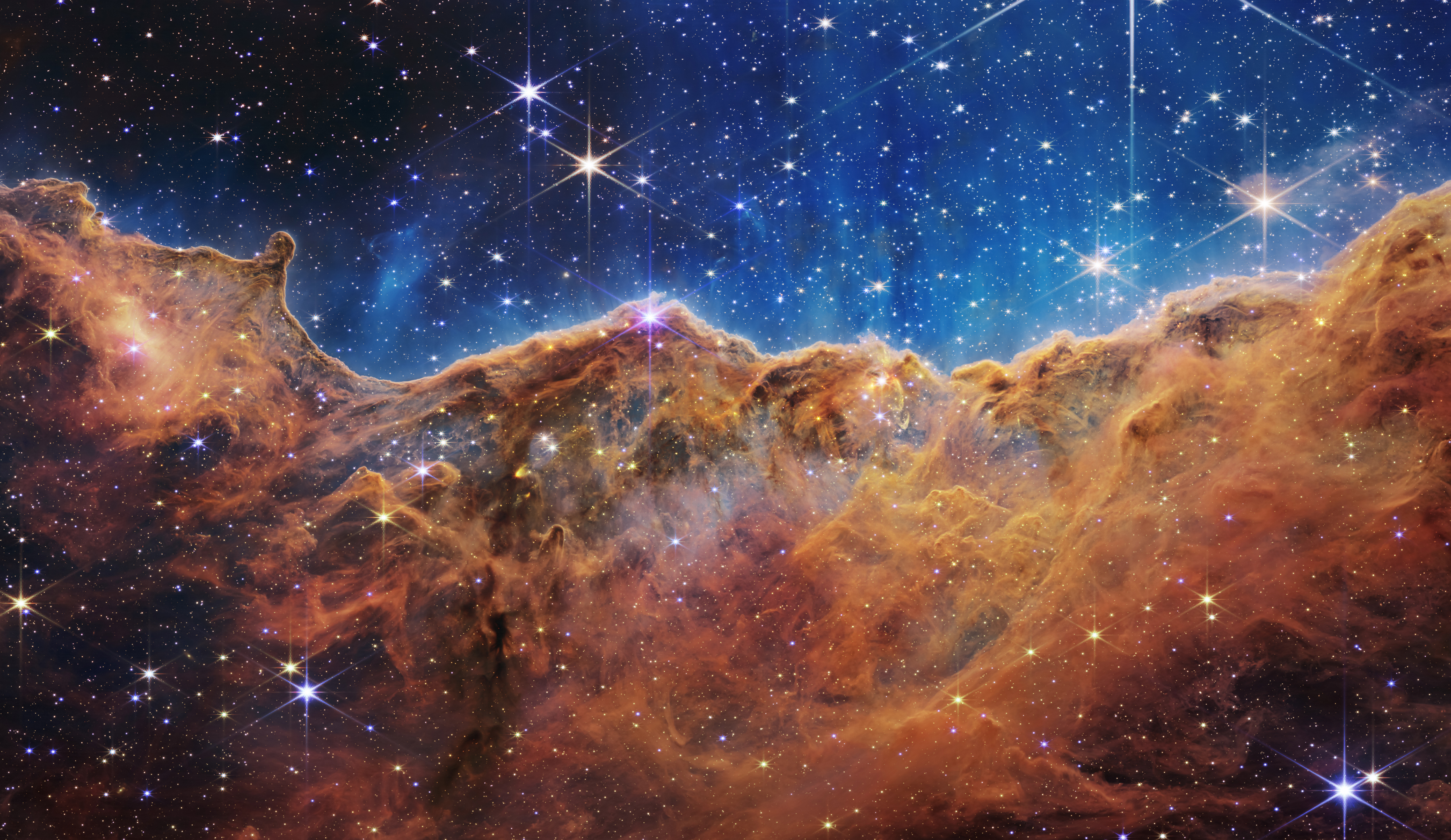Red shift and blue shift are important phenomena in astronomy that reveal information about the universe's structure, history, and fate. These phenomena are explained by the Doppler effect, a physical phenomenon that occurs when an object emitting waves moves towards or away from an observer.
The Doppler effect is observed in a wide range of phenomena, from the sound of a siren on an approaching ambulance to the color of stars in distant galaxies. In astronomy, red shift and blue shift are two important examples of the Doppler effect.
Red shift occurs when light from an object appears to be shifted towards the red end of the spectrum. This occurs when an object is moving away from an observer. Blue shift, on the other hand, occurs when light appears to be shifted towards the blue end of the spectrum. This occurs when an object is moving towards an observer.
Red shift and blue shift are important because they reveal information about the motion and distance of objects in space. By analyzing the amount of red shift or blue shift in an object's spectrum, astronomers can determine its velocity and distance from Earth. This allows them to study the structure and history of the universe and make predictions about its future.
In conclusion, the Doppler effect is a fundamental physical phenomenon that explains red shift and blue shift in astronomy. By analyzing these phenomena, astronomers can gain valuable insights into the structure and history of the universe. Red shift and blue shift are important tools for measuring the velocity and distance of objects in space, and they have been used to make groundbreaking discoveries, such as the expansion of the universe and the discovery of dark energy.
Works Cited:
Carroll, B. W., Ostlie, D. A. (2017). An Introduction to Modern Astrophysics (2nd ed.). Cambridge University Press.
Garrett, M. A. (2012). The Doppler Effect: Applications in Astronomy. American Journal of Physics, 80(8), 693-697.








